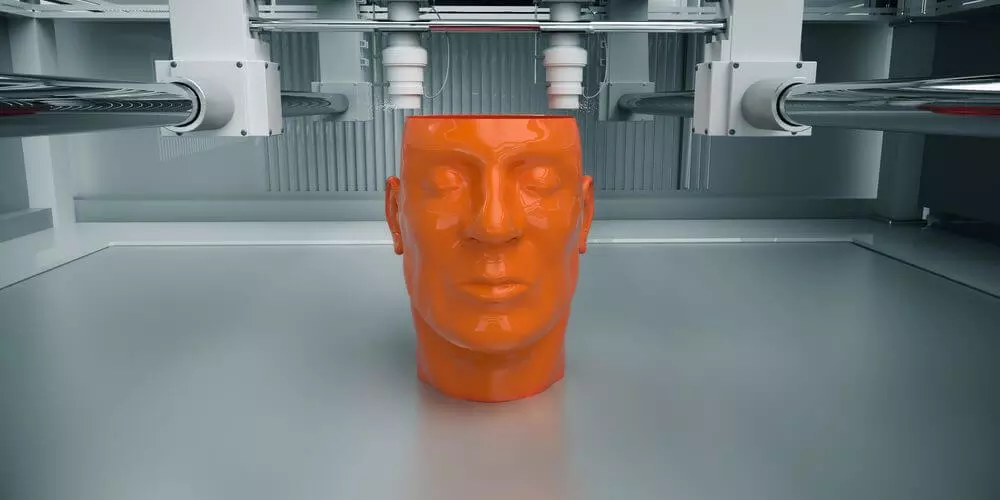3D Printing – Boon or Bane
- Compliance Management
- 26 February 17

Introduction
The 3D printing market is growing at an average of 35% CAGR, and is set to quadruple to $12.5 Billion by 2018 from $3Billion in 2013 (Wohler Associates 2014 report), however at the same time, organizations have to face heavy penalties and loss diminished by brand and reputation due to risks associated with 3D Printing. For instance,mishandling of patient information through 3D Printed software and associated violations of HIPAA compliance has already resulted in $9Million in fines for US-based companies in the last one year alone.
Consumers around the world are converging to newer technologies that allows customization and immediate product deliveries. Just as e-commerce companies have done for consumers, will 3D Printing do the same for organizations?
The 3D Printing industry emerged in the 1980’s, then known as Additive Manufacturing for product developments and rapid prototyping. With new technologies in design and faster printers available, the trend has quickly shifted to mass production. General Electric, as a part of the LEAP project, started to mass produce close to 25,000 aircraft fuel nozzles using 3D Print technologies. Similarly, USPS has partnered with 3D Print Service providers and are planning to purchase printers onsite in order to deliver packages, printed in 3D, to consumers when they need it. This service from USPS will add $485 Million in incremental revenues
To meet this increased demand, organizations small and large are either providing 3D Printing as a service, or manufacturing 3D Printers. For example, HP has been relying heavily on the sales of its 2 newly launched 3D Printer models (HP3200 and HP4200) in May-2016, making up for its declining PC and 2D printing business. Additionally, several startups have received funding to leverage the potential of this growing market.
3D Printing is set to disrupt the Manufacturing industry, however, organizations are cautious about adopting this technology as there are initial upfront costs, design complexities, increased raw material costs, and slow print speeds.
While the market demand, potential and revenue upsides are high, the risks associated with 3D Printing must not be ignored.
- Cyber Security
3D Printers work by accepting a CAD/STL design software file when the printer is connected to Internet through Wifi. This makes it vulnerable for hackers to inject a virus into the design file, which can change the orientation of the print head. As a result, this could print products of low quality – in such cases, organizations may have to recall the product and face impact to their brands and reputations.
- Counterfeit
Using 3D Printing technologies, products can be duplicated easily and exported as the originals. This can pose security risks, and can infiltrate the supply chain. Blueprints of the products can get into the hands of attackers through the CAD/STL file, which could have a disastrous impact on the company and its relationship with consumers.
- Supply Chain
3D Printing technologies are set to disrupt the Supply Chain for many organizations, as their products will now be available at the point-of-use as raw materials. This will be difficult to regulate, especially in the healthcare industry, where the FDA recommends to design controls from the point-of-origin in manufacturing to when the product leaves the facility. In the case of 3D printing, it is unclear what will be regulated – is it the CAD file leaving the facility, or the part that was printed at the point-of-use?
- Intellectual Property
Just as the music industry suffer from piracy, the 3D printing industry is vulnerable to similar threats. File sharing will become common online and can cost organizations billions in the loss of IP file designs that can also lead to counterfeiting. This is not common right now, but it is a serious potential risk in the future that we must be mindful of as the market matures.
- Drugs
The healthcare industry needs to be cautious when using 3D technology, as patented drugs can be printed by illegal drug manufacturers. Researchers used a sub $2,500 MakerBot 3D printer to manufacture illegal drugs, and to fabricate tiny implants with certain chemicals, which will release specific drugs when placed into the human body. If this isn’t tightly managed, the potential for disaster could be huge.
- Weapons
Anyone with CAD/STL design can create input files for 3D Printers. Criminals can get access to such files online for producing guns at home. In 2013, a law student from Arkansas, printed a gun from a 3D Printer. The design file used for the gun was made available online, and was then downloaded over 100,000 times around the world, before the state department ordered to bring it down.
There are great opportunities with 3D printing technology, but understanding its implications and risks, and regulating the process and execution is critical. Public and Private partnerships are needed here, to help us realize the great potential of this growing market, while protecting consumers and organizations alike from risks at hand.







